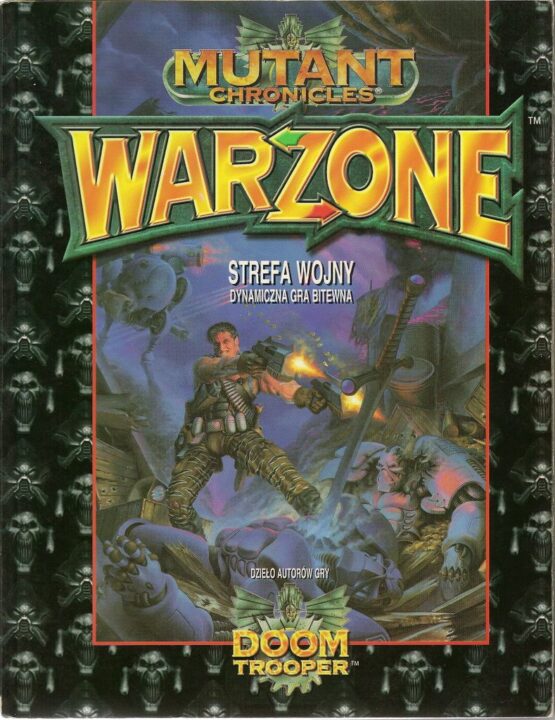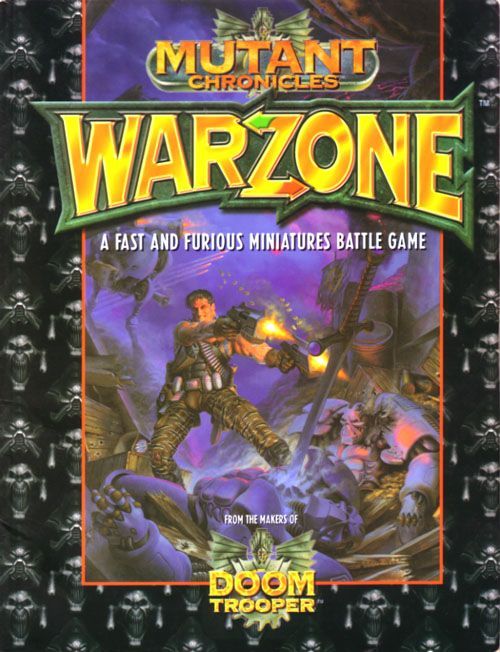Hey there, fellow board game enthusiasts! Welcome to my review of Warzone. This game promises strategic depth, engaging player interaction, and top-notch components. Stick around as we explore the game mechanics, player dynamics, artwork, and replayability. Will Warzone be your next game night hit? Let’s find out!
How It Plays
Warzone is a thrilling game that tests your strategic mind. Let’s dive into the basics of setting up, playing, and winning.
Setting up
First, lay out the game board. Each player picks a faction and takes the matching pieces and cards. Place your starting units on the board according to the setup guide. Shuffle the deck and give each player their starting hand.
Gameplay
Players take turns in a clockwise order. On your turn, you’ll collect resources, move units, and attack enemies. Use your cards wisely for special actions and bonuses. The key is to outmaneuver your opponents and manage your resources effectively.
Winning the game
To win, fulfill the victory condition outlined in the scenario. This could involve controlling specific territories, accumulating a certain amount of resources, or eliminating enemy units. Keep an eye on your opponents and adjust your strategy to stay ahead.
Now you’ve got the basics. Next time, we’ll delve deeper into strategy tips and tricks to dominate the Warzone.
Want to know more? Read our extensive strategy guide for Warzone.
Game Mechanics and Balance in Warzone
Let’s talk about the engine that drives Warzone, its game mechanics. Good game mechanics make you feel smart, while bad ones make you want to flip the table. Thankfully, Warzone’s mechanics fall into the first category.
The game provides a solid blend of strategy and tactics. It doesn’t spoon-feed you. You need to plan, adapt, and outthink your opponents. Each decision feels meaningful, like choosing which territory to conquer or figuring out how to outmaneuver your friend’s sneaky moves.
One of Warzone’s strengths lies in its balanced mechanics. No single strategy dominates. You’ll find yourself constantly switching tactics depending on the situation. This keeps the game fresh and exciting, even after multiple plays. Plus, different factions have unique abilities, further spicing up the gameplay. This keeps you guessing and prevents any one player from steamrolling to an easy win.
However, no game is perfect. While Warzone excels in many areas, it sometimes stumbles in balance. Occasionally, a player can snowball early, gaining an almost unbeatable advantage. It doesn’t happen often, but when it does, it can suck the fun out of the game faster than a black hole swallows light.
Another quibble is the element of luck. Though it’s less prominent than in many other games, dice rolls and card draws can sometimes tilt the scales in an unpredictable way. If you loathe luck-based mechanics, this might irk you.
In a nutshell, Warzone’s game mechanics are strong and mostly well-balanced. But like an adventurous date, it has a few surprises up its sleeve.
Now, let’s dive into how players interact and the dynamics that shape the game. Stay tuned!

Player Interaction and Dynamics in Warzone
Ah, Warzone! Imagine a game night where you and your pals dive into strategic madness. The game’s player interaction is the star of the show. You see, in Warzone, it’s not just about moving pieces around. It’s about outsmarting your opponents, forming alliances, and then betraying those very alliances!
One time, I teamed up with my friend Steve. We combined forces to take down the reigning champ, Lisa. Steve and I shook hands like seasoned generals. The twist? As soon as Lisa was on her last legs, I turned on Steve faster than you can say ‘plot twist’! The look on his face was priceless. That, my friends, is the magic of Warzone.
The game’s dynamics encourage you to constantly read the room. You have to gauge who might stab you in the back and who’s actually reliable. Oh, and don’t forget, every decision you make impacts everyone else. The ripple effect is real! It’s kind of like Thanksgiving dinner, only with more betrayal and fewer mashed potatoes.
While some folks might argue that the dynamics can sometimes feel a bit overwhelming, I’d say that’s part of the charm. After all, who wants a game where everyone just plays nice?
Ready for more? Stick around as we explore the artistic flair and game components. Spoiler: They’re a feast for the eyes and hands!
Warzone: Artwork and Game Components
Picture this: you open up the box for Warzone, and it’s like Christmas and your birthday rolled into one. The artwork is top-notch. Each card feels like a mini masterpiece. I could spend hours just admiring the detail in the illustrations. The map itself? It’s huge and gorgeously designed. It’s like they hired Bob Ross to paint the thing!
The game components are also a delight. The figures are solid and detailed. There’s this one little tank piece that my buddy Dave insists on taking pictures of every time we play. The dice are nice and heavy – you know, the kind that makes a satisfying clunk when you roll them. Even the cards are made of good-quality material, so no worries about them getting all bent and frayed after a couple of games.
But let’s not forget the game’s packaging. It’s compact yet roomy enough to keep everything organized. Nothing worse than a game where you need a PhD in Tetris just to put it back in the box, am I right?
One gripe, though: the color scheme can be a bit much. Bright reds, yellows, and greens everywhere. It’s like a rainbow threw up on the battlefield. For some, it’s a visual feast. For others, it’s a bit overwhelming.
Overall, if you’re an art lover or a fan of well-crafted game pieces, Warzone won’t disappoint. Next up, let’s settle in and discuss something every gamer is curious about: replayability and game length.
Replayability and Game Length: Is Warzone Worth Your Time?
If you are like my friends and me, once we get hooked on a board game, we want to play it over and over again. So, how does Warzone hold up in terms of replayability and game length? Let’s break it down.
Replayability
Warzone offers a large selection of maps and scenarios, which keeps things fresh. Each game feels different because of the many strategic choices available. I’ve played this game at least a dozen times with my friends, and each game has its own unique twists and turns. The multiple ways to win and the different strategies you can employ mean that no two games are alike. This adds a lot of value and keeps the game from getting stale.
Game Length
As for the game length, Warzone runs about 90-120 minutes. This, of course, can vary based on how quickly you and your friends make decisions. I’ve found that the game length is just right. It’s long enough to feel immersive but not so long that you’re looking at your watch and wondering when it’ll end. We had one game that stretched longer because of some intense battles, but that was the exception rather than the rule.
In summary, Warzone scores high on replayability and has a manageable game length, making it a great addition to any board game night. I wholeheartedly recommend giving it a go, especially if you enjoy strategic games with depth. Stay tuned for the next section where I will dive into the social dynamics!
Conclusion
Wrapping up this review, Warzone is a gem for strategy fans. Its mechanics demand clever thinking, and the player interactions add a thrilling layer. The artwork and components are top-notch, making each playthrough a visual treat. Warzone’s replayability keeps you coming back for more, and the game length is perfect for an engaging session without dragging on.
However, it’s not all sunshine and rainbows. The flashy color scheme can be a bit much for some, and there could be moments of imbalance that might frustrate competitive players. Still, for the most part, Warzone stands strong as a well-rounded board game that will keep you and your friends entertained for hours.
This concludes my review. Ready to roll those dice?


